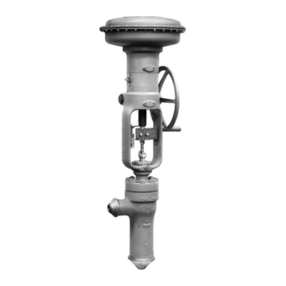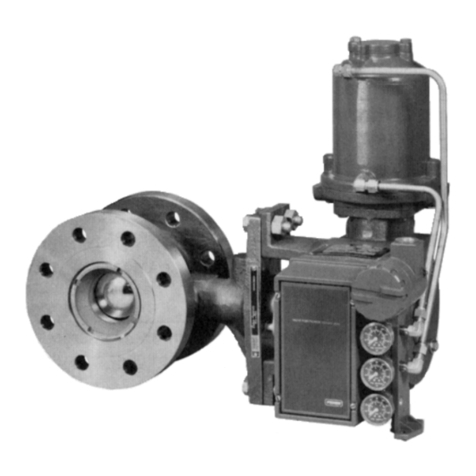Fisher ACE95Sr User manual
Other Fisher Control Unit manuals
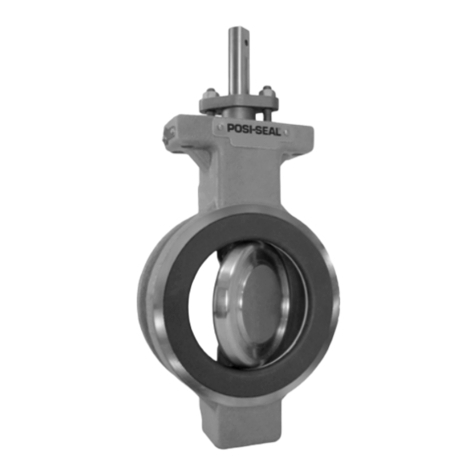
Fisher
Fisher A41 User manual
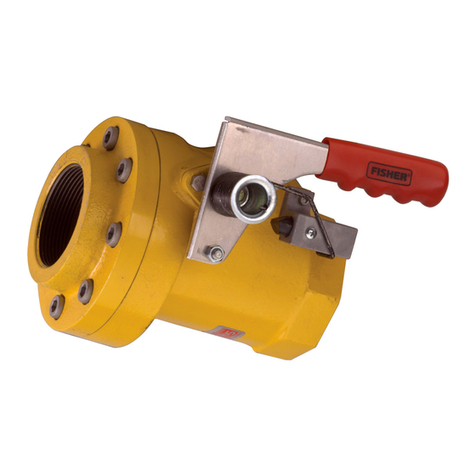
Fisher
Fisher N551 User manual
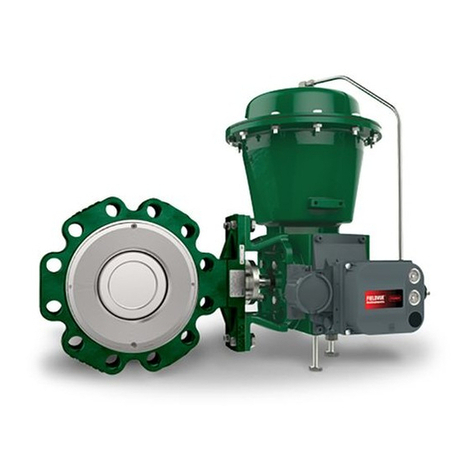
Fisher
Fisher 8590 User manual
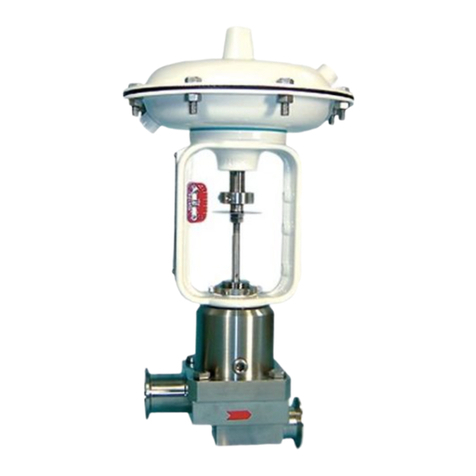
Fisher
Fisher Baumann 84000 User manual

Fisher
Fisher GX User manual

Fisher
Fisher HPA User manual

Fisher
Fisher CV500 User manual
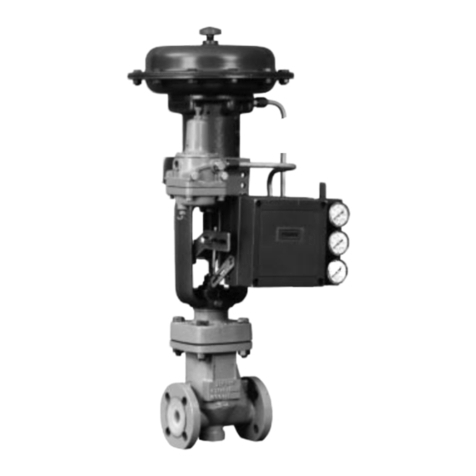
Fisher
Fisher Design RSS User manual
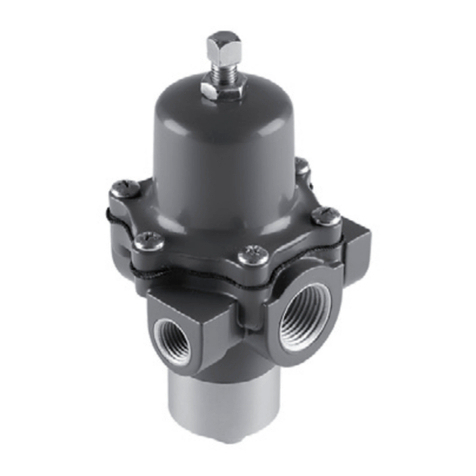
Fisher
Fisher 167D User manual
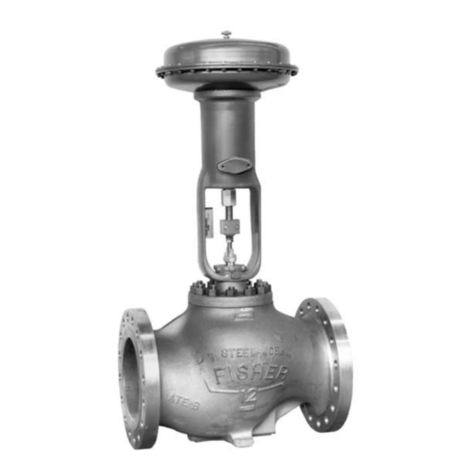
Fisher
Fisher EWS Series User manual
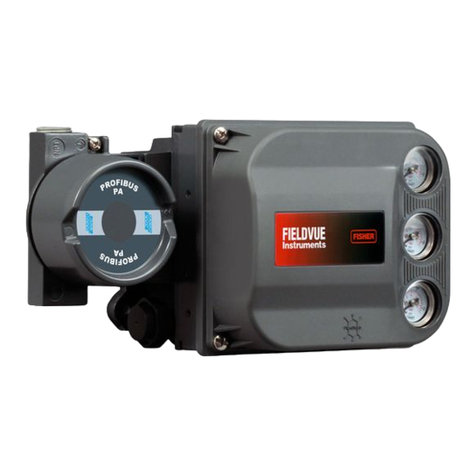
Fisher
Fisher FIELDVUE DVC6200p User manual

Fisher
Fisher 128-PQC User manual

Fisher
Fisher A11 User manual

Fisher
Fisher A41 Configuration guide
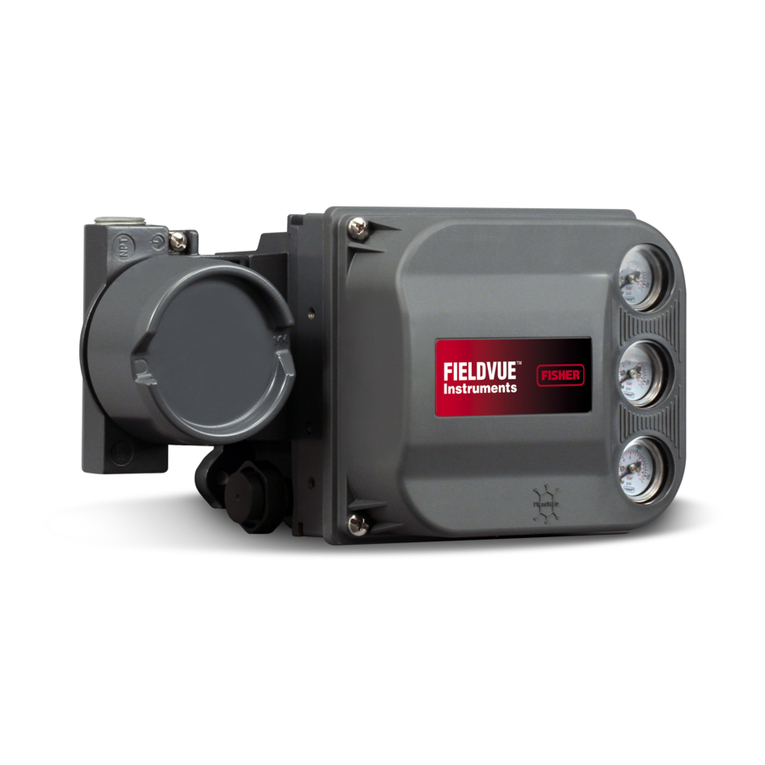
Fisher
Fisher FIELDVUE DVC6200 User manual

Fisher
Fisher TBX-T User manual
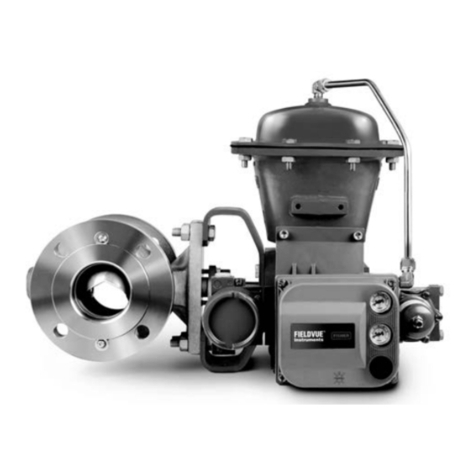
Fisher
Fisher Vee-Ball V150 User manual

Fisher
Fisher Z500 User manual

Fisher
Fisher CL600 User manual
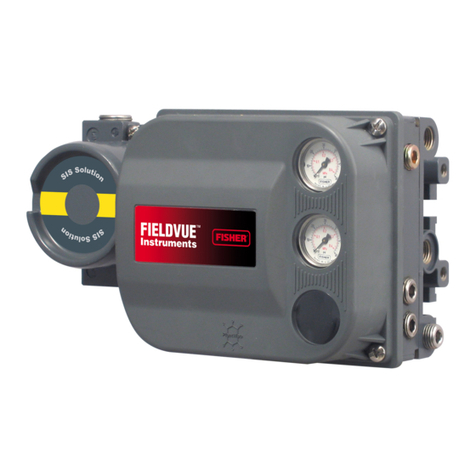
Fisher
Fisher EMERSON DVC6200 User manual
Popular Control Unit manuals by other brands

Festo
Festo Compact Performance CP-FB6-E Brief description

Elo TouchSystems
Elo TouchSystems DMS-SA19P-EXTME Quick installation guide

JS Automation
JS Automation MPC3034A user manual

JAUDT
JAUDT SW GII 6406 Series Translation of the original operating instructions

Spektrum
Spektrum Air Module System manual

BOC Edwards
BOC Edwards Q Series instruction manual

KHADAS
KHADAS BT Magic quick start

Etherma
Etherma eNEXHO-IL Assembly and operating instructions

PMFoundations
PMFoundations Attenuverter Assembly guide

GEA
GEA VARIVENT Operating instruction

Walther Systemtechnik
Walther Systemtechnik VMS-05 Assembly instructions

Altronix
Altronix LINQ8PD Installation and programming manual

